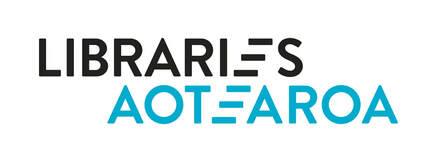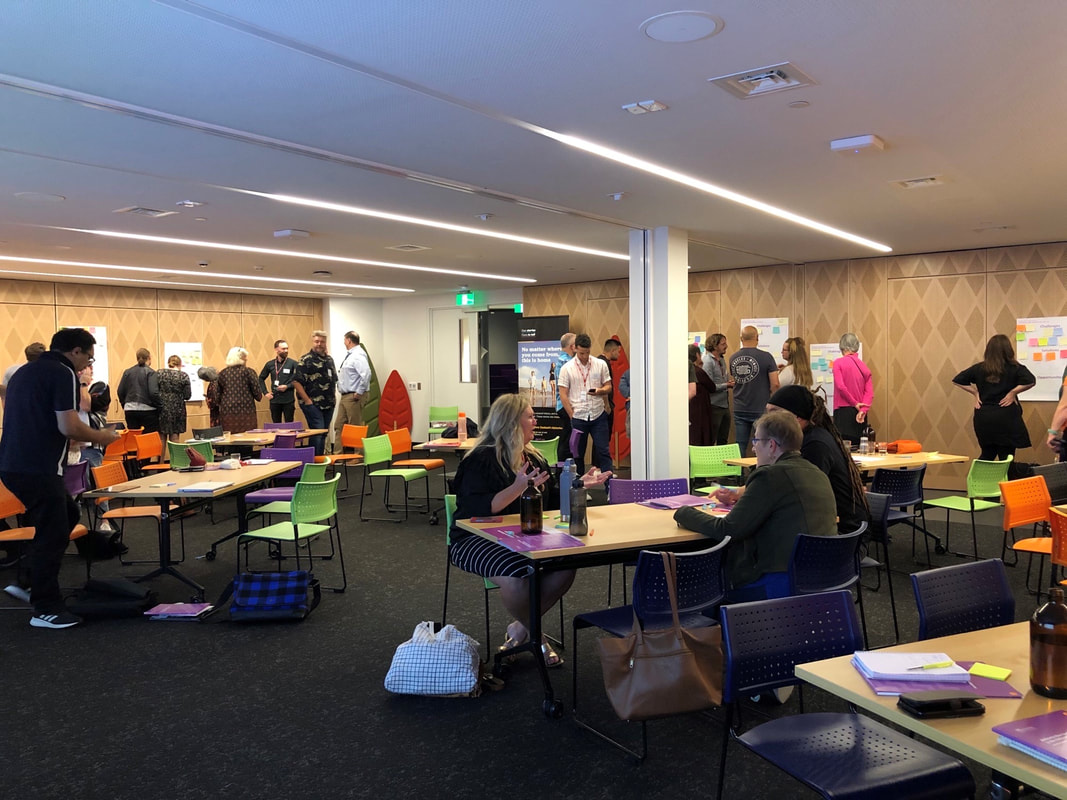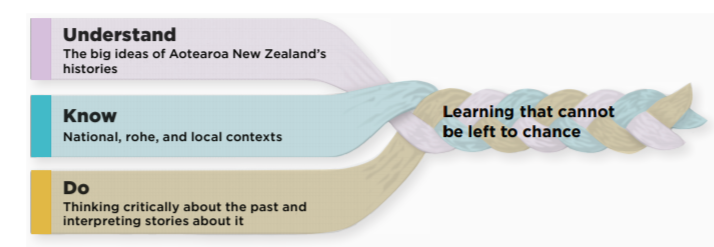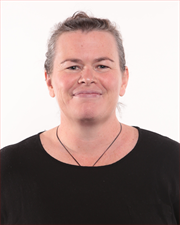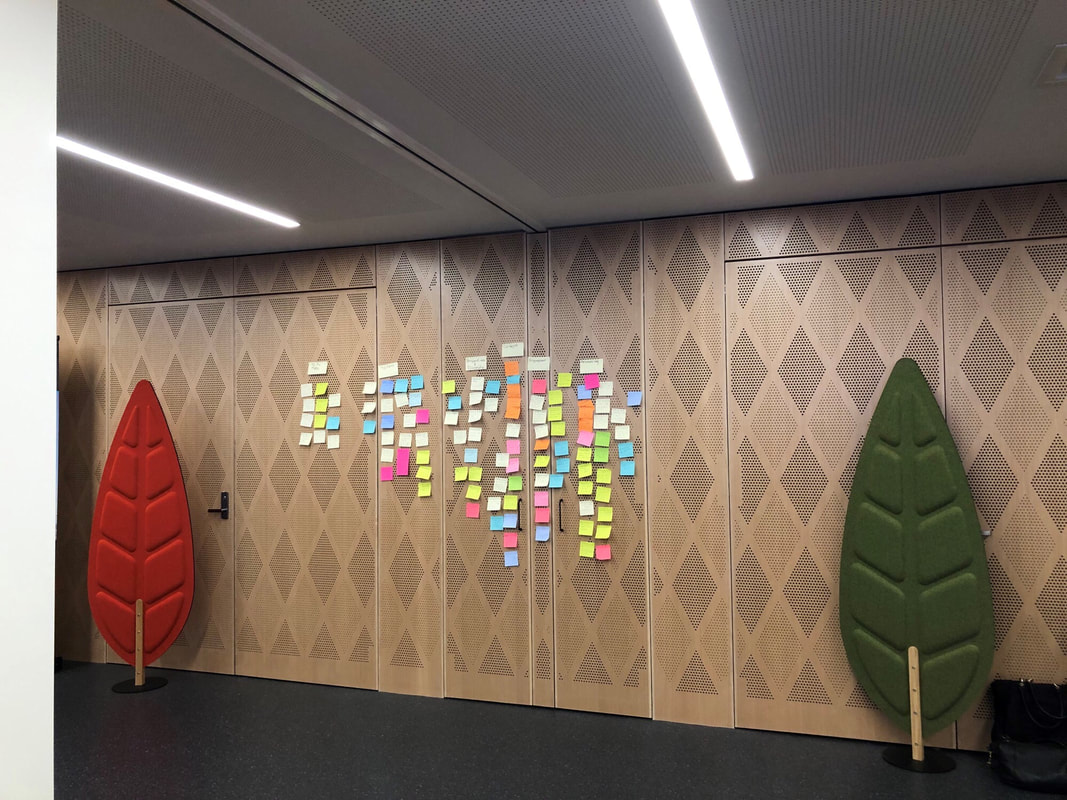Libraries and the Aotearoa NZ Histories Curriculum
In September 2019, the Government announced their plan that Aotearoa New Zealand’s histories should be taught in all schools and kura from 2022.
Me mātai whakamuri, kia anga whakamua
To shape New Zealand’s future, let’s start with the past
|
In February 2021, the Minister of Education, the Hon Chris Hipkins, launched a call for public engagement on draft curriculum content for Aotearoa New Zealand’s histories. Feedback was sought through a series of hui in March for histories and heritage organisations, including libraries and archives. The half-day sessions were held in Auckland, Wellington and Christchurch. In addition, schools and kura are testing draft content for Aotearoa New Zealand’s histories in Term 1 and Term 2, 2021.
In the last two weeks of March, the Ministry of Education provided three hui for galleries, libraries, archives, and museums to discuss Aotearoa New Zealand’s histories and what it means for them in their work with schools. Participants shared thoughts and ideas to enrich the implementation of the new Aotearoa New Zealand’s histories curriculum content. The hui were held in Wellington, Auckland, and Christchurch and online. Participants came from museums, libraries, art galleries, historical societies and government agencies as well as a handful of professional writers and historians. |
The Ministry of Education advise that libraries with attendees included:
National Library of New Zealand, Alexander Turnbull Library, Auckland Libraries, Christchurch City Libraries, Hamilton City Libraries, Hurunui Library, Invercargill City Libraries, Nelson Public Libraries, Puke Ariki Museum & Library, Upper Hutt City Libraries, Waimakariri Libraries, Wellington City Libraries
The Ministry of Education will provide a report to all participants on the common themes and ideas arising from the hui, with suggestions for next steps.
Stacey Smith from Auckland Libraries reports back from the Auckland hui and Nicola Harwood from Nelson Public Libraries reports back from the Wellington hui.
National Library of New Zealand, Alexander Turnbull Library, Auckland Libraries, Christchurch City Libraries, Hamilton City Libraries, Hurunui Library, Invercargill City Libraries, Nelson Public Libraries, Puke Ariki Museum & Library, Upper Hutt City Libraries, Waimakariri Libraries, Wellington City Libraries
The Ministry of Education will provide a report to all participants on the common themes and ideas arising from the hui, with suggestions for next steps.
Stacey Smith from Auckland Libraries reports back from the Auckland hui and Nicola Harwood from Nelson Public Libraries reports back from the Wellington hui.
|
Changes are coming to the Aotearoa New Zealand’s histories curriculum that are designed to ensure all students in New Zealand schools and kura learn about our history, and how it has shaped how we live today.
The Ministry of Education, who are leading this work, have been running a series of hui with colleagues from the GLAM (galleries, libraries, archives, and museums) sector to both share information about this mahi, to encourage discussion about the opportunities arising from these changes, and to start to understand some of the questions and challenges. |
It was a great chance to hear more about the development of this learning area in both the New Zealand Curriculum and Te Marautanga o Aotearoa, where it will sit within the social sciences.
The diagram above gives a very high level idea of what that looks like but see the links below for more information.
Helping learners with their history homework or assisting schools in teaching local history is not new work for most school and public libraries, so when we workshopped questions around opportunities there is a lot of existing experience to build on. But the wider teaching of Aotearoa New Zealand history, and in particular local elements of that history, present new opportunities to develop and provide content and services for younger learners and their teachers.
The diagram above gives a very high level idea of what that looks like but see the links below for more information.
Helping learners with their history homework or assisting schools in teaching local history is not new work for most school and public libraries, so when we workshopped questions around opportunities there is a lot of existing experience to build on. But the wider teaching of Aotearoa New Zealand history, and in particular local elements of that history, present new opportunities to develop and provide content and services for younger learners and their teachers.
|
There are several existing resources, and others being developed by the Ministry of Education. This includes commissioning a stocktake of resources across the country to assist in the teaching of histories. The National Library’s Services to Schools teams are also planning a stocktake of their collections with the aim of creating curated digital content to support teachers and learners and have development plans for Many Answers.
We also had time to discuss challenges, questions and possible solutions. I felt my privilege in these discussions coming from a large institution with significant resources. There were a lot of smaller places represented in the room, and I saw a real opportunity for some ongoing discussion and sharing. Although the Ministry of Education have been working on this for a while, it is still in the pre-implementation phase so there is plenty of time or further thought, development and discussion. There were several us who could see benefit from future collaboration and sharing of ideas to help bring this work to life. Consultation on the curriculum is open now, with the final version due in August of this year. Teaching then starts in 2022 but schools have three years to fully implement it. |
From 2022 the teaching of Aotearoa New Zealand’s histories will be compulsory in schools and kura as part of changes to the New Zealand National Curriculum Framework.
The changes will ensure all learners and ākonga are aware of key aspects of New Zealand’s histories and how these have influenced and shaped our nation. These curriculum changes will have a significant impact on teachers and schools, but also on the heritage sector which provides resources to and supports education – in particular museums and libraries.
The new history curriculum has been tested in some schools and is now out for public consultation – albeit with a short timeframe which was reduced because of COVID-19. The consultation closes at the end of May 2021. The hui gave participants an overview of key changes, and we are invited to workshop challenges and opportunities presented by the new curriculum and to identify solutions and ideas.
The changes will ensure all learners and ākonga are aware of key aspects of New Zealand’s histories and how these have influenced and shaped our nation. These curriculum changes will have a significant impact on teachers and schools, but also on the heritage sector which provides resources to and supports education – in particular museums and libraries.
The new history curriculum has been tested in some schools and is now out for public consultation – albeit with a short timeframe which was reduced because of COVID-19. The consultation closes at the end of May 2021. The hui gave participants an overview of key changes, and we are invited to workshop challenges and opportunities presented by the new curriculum and to identify solutions and ideas.
|
A summary of the Aotearoa New Zealand’s histories curriculum changes
The concept of tikanga ā-iwi is central to the new curriculum. “All learners should have the opportunity to develop knowledge and understanding of people, places and events that have influenced and shaped Aotearoa NZ historically through to present day.” There is a focus on “big ideas” within the framework of what students should “understand, know and do.” The big ideas which come under understanding and knowing (i.e. topics for research and study and the fundamentals of subsequent social science inquiry practices) are;
|
These big ideas will be taught through the contexts of “Whakapapa me te Whanaungatanga” (families, connections and identities), Tūrangawaewae me te Kaitiakitanga (relationship with land and resources) and tino rangatiratanga me te kāwanatanga (concepts of power centred around the Treaty, and relationship with Pacific neighbours).
A key element of the curriculum change is that regional schools will learn the history of Aotearoa through their own local histories and stories and the starting point for those histories and stories will be those of the tangata whenua.
Challenges and opportunities
The discussion sessions came up with a range of challenges (and opportunities) for our sector – and any librarians who work with heritage materials, or with schools should consider these:
Ministry of Education resources to support the new Aotearoa New Zealand’s histories curriculum
One of the key issues for library staff will be how to provide resources to support students and teachers following the new curriculum. The Ministry of Education has recognised that there will be gaps and is addressing the issue and has apparently run a regional resources stocktake.
A key element of the curriculum change is that regional schools will learn the history of Aotearoa through their own local histories and stories and the starting point for those histories and stories will be those of the tangata whenua.
Challenges and opportunities
The discussion sessions came up with a range of challenges (and opportunities) for our sector – and any librarians who work with heritage materials, or with schools should consider these:
- Resources – schools will need access to Māori histories.
- Resources – local histories.
- There will be many different groups of students wanting access to a small number of resources.
- Taonga kept in museums are fragile and cannot be viewed by all for cultural reason.
- Oral histories telling of people, relationships have not been recorded and people may not want to make these stories accessible.
- Connections will need to be made with iwi, which presents challenges and opportunities
- Contested histories will be an issue and a challenge for teachers and for those resourcing learning.
- What is missing? There is a focus on identity and connection with the land and its people. Will other elements we value be missed – e.g. an understanding of government and democracy, NZ place in European history? Does this matter? Can current histories of New Zealand support this new learning?
- Racism – the new curriculum will challenge all of us. Teachers will need support to tackle difficult stories and difficult conversations.
Ministry of Education resources to support the new Aotearoa New Zealand’s histories curriculum
One of the key issues for library staff will be how to provide resources to support students and teachers following the new curriculum. The Ministry of Education has recognised that there will be gaps and is addressing the issue and has apparently run a regional resources stocktake.
|
The Ministry of Education has also produced, or is producing materials, and pointed to the following projects:
I plan to explore these, and determine how our library, and the Prow website, can best support the new curriculum. I encourage anyone with an interest in history, heritage or education to have a look. To read more and to make a submission by May 31, 2021 www.education.govt.nz/aotearoanzhistories |
